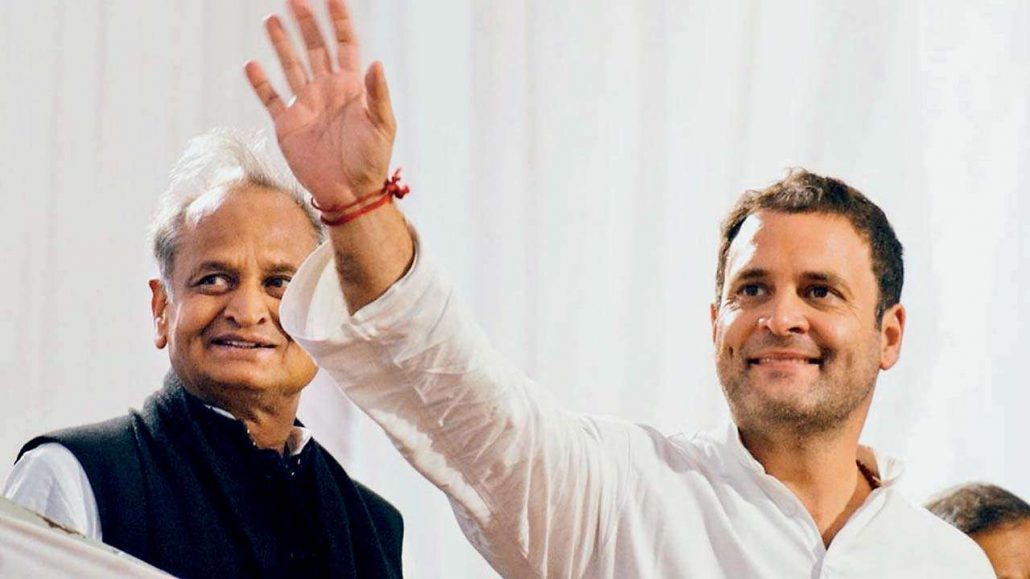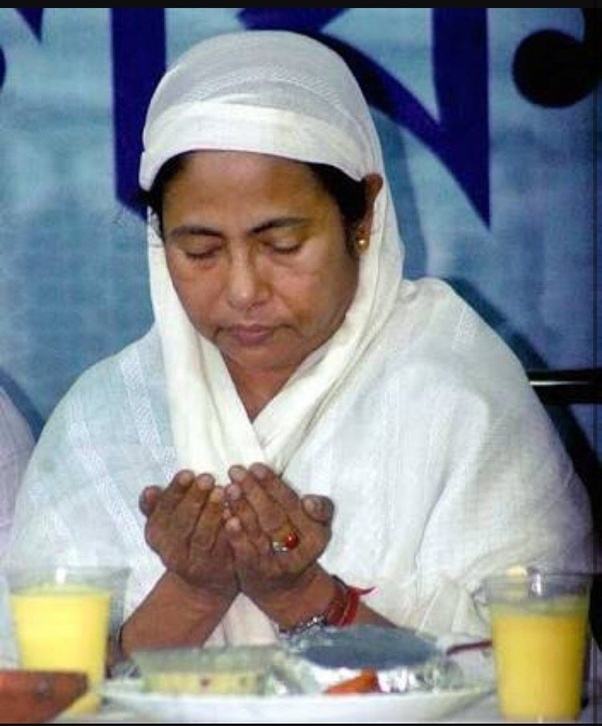
Being pushed to the margins, the West Bengal Congress unit has sent a report to the AICC proposing a 21-step approach to defeat the “TMC-BJP nexus” in the state, including an alliance with Left parties and the opening of common offices.
West Bengal Congress general secretary O P Mishra, who dispatched the report June 13, told media “We have sent the report to New Delhi and are awaiting a response. The main thrust of the report is to not only look at the 2019 Lok Sabha elections, but draw a long-term plan to see how we can make a recovery in the 2021 assembly elections, defeat the TMC and come to power. We are not averse to forming a coalition government with the CPM in the state.’’
Last month, West Bengal Congress president Adhir Ranjan Chowdhury had announced that his party intended to unite all non-TMC, non-BJP parties in the state. He said a decision had been taken after a meeting with all Congress MLAs and district leaders, and Mishra had been asked to draw up a plan of action. The report sent to the AICC is a result of that decision.
The 21-step approach proposes “central office points’’ in Kolkata, Asansol, Berhampore and Siliguri; dedicated website, Facebook page and Twitter handle for the political front; development of a 50,000-strong volunteer force, cutting across non-TMC, non-BJP parties, by October 2018 for the alliance work.

“The methodology may involve enlisting the support of 1,000 core political party activists distributed throughout the state, encouraging each of them to enlist 10 volunteers and then subsequently each of the 10,000 volunteers to help enlist 5 volunteers each. The volunteers may be supporters or sympathizers of any political party. Details related to enlisting and joining of volunteers and Dos and Don’ts related to them to be prepared in writing,’’ the report states.
Details of each volunteer is to be maintained in a centralised manner accessible to all parties and “work/activity’’will be given to each volunteer on continuous basis including pamphlet and literature distribution, collection of resources and visiting “victims of human rights violations, police excesses and those accused of false cases”.
Volunteers will also be engaged in booth-wise collection of organisation data and will, in turn, recruit volunteers at the booth level. The alliance, according to the report, will compile all “political and false police cases since 2011 throughout West Bengal against political activists/human rights activists/general public’’ and provide “dedicated financial resources for the legal and medical expenses of all victims of TMC’s physical attacks’’.
At the level of the state and central leaderships, Mishra’s report has proposed deliberations to draw up a common agenda between the parties as well as deliberations with trade unions, farmer organisations, student bodies as well as those of professionals such as doctors and teachers.
The plan also proposes that all cases related to the panchayat polls and pending cases of corruption against the state be fought together by these political parties. Alleging that there is a tacit understanding between the TMC and the BJP in West Bengal, Mishra says an alliance between the Congress and the TMC for the 2019 Lok Sabha elections is not desirable. “A TMC-Congress-Left tie-up. This is problematic and has the potential to produce the opposite of the result anticipated. Such a formulation may even serve the BJP and may amount to ceding the Opposition space to BJP.”

He has alleged that the TMC’s objective to retain power, and shield its leadership from investigation, detention and conviction in corruption cases by the CBI in the Sarada and Narada scandals has made the party “compromise with the political interests of BJP in the state’’.
The report claims that the rise of the BJP in Bengal has been “artificial’’, and not organic. “In 2014, BJP had secured 17.2 per cent votes in the Lok Sabha elections — the highest ever vote share of BJP in the state. When Congress and Left political parties reached state-level electoral understanding and contested the 2016 assembly election, securing about 39 per cent vote share, BJP’s vote share was reduced by about 40 per cent, from the high of 17.2 to 10.5 per cent. The 6 per cent gap between TMC and Congress-Left combine resulted in a huge victory for TMC which secured 211 seats. TMC leadership realized that any further strengthening of Congress-Left combine would jeopardize their electoral success and hence decided to encourage BJP’s ‘rise’,’’ it claims.
“At the national level, in Parliament, TMC has given tacit and indirect support to BJP on a number of occasions through occasional but calculated abstention, not joining the other Opposition parties against the government on crucial issues and, more recently, by trying to subvert and weaken efforts at Opposition unity by flouting political formulations that may indirectly benefit the BJP’s quest for power in 2019 Lok Sabha election,’’ the report states.




